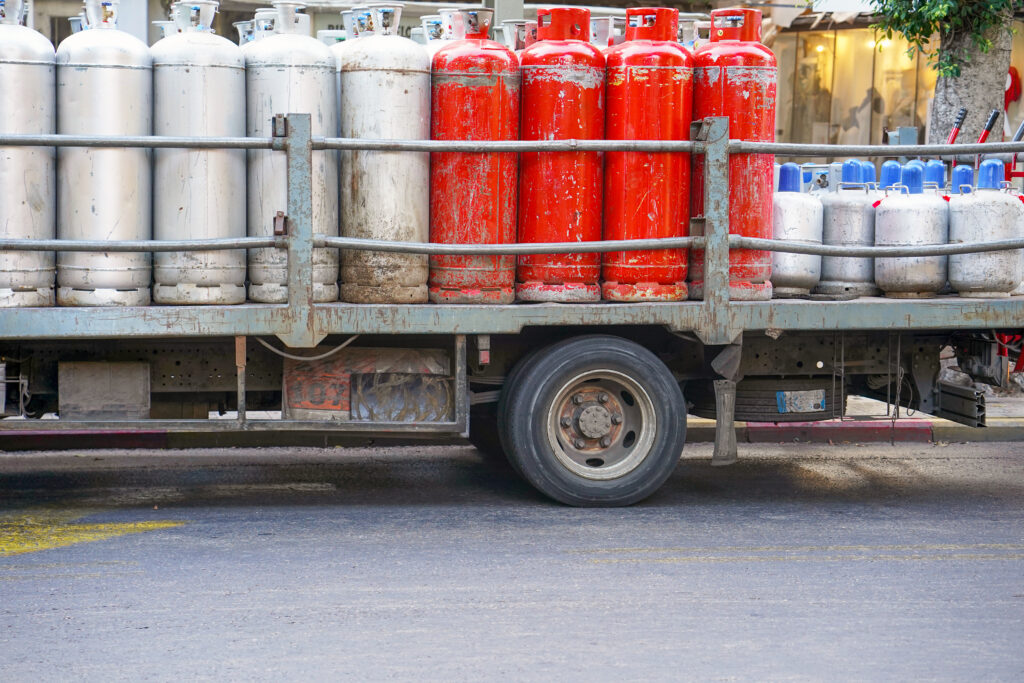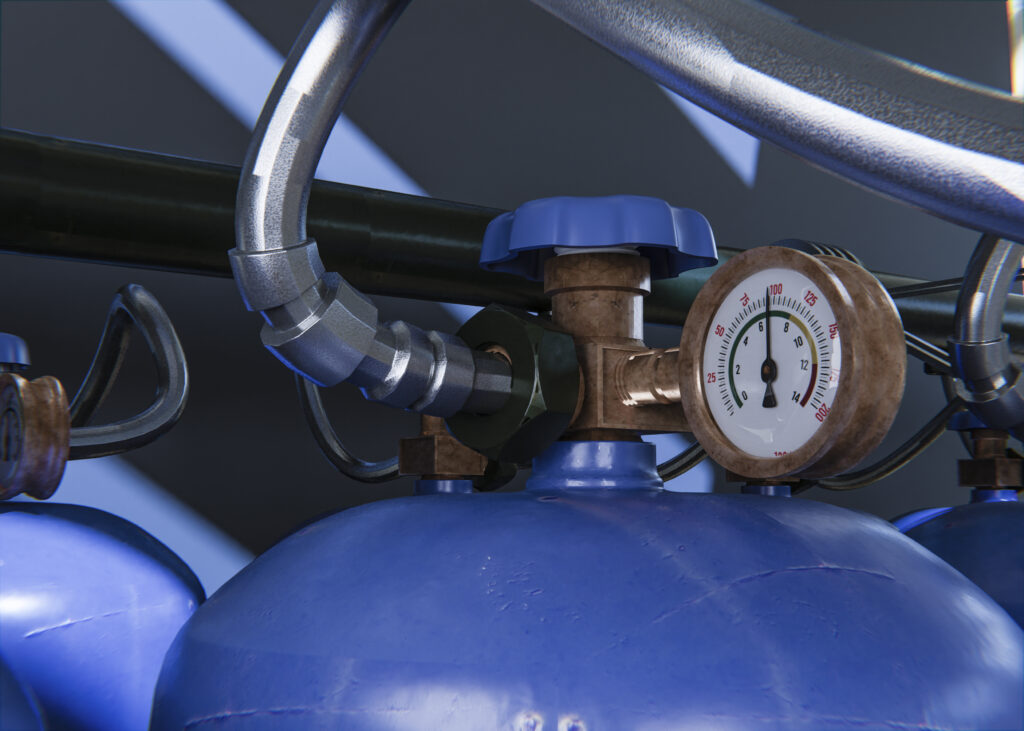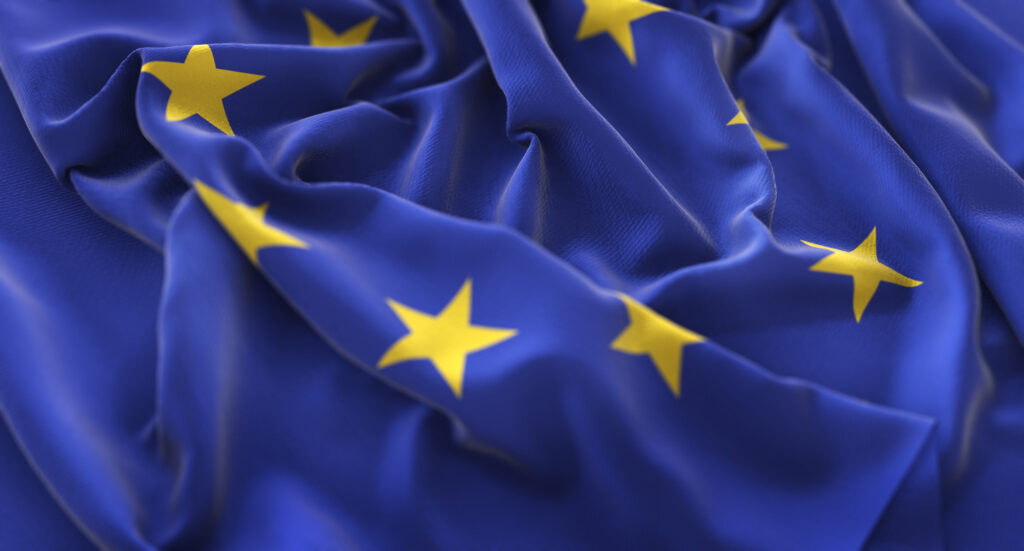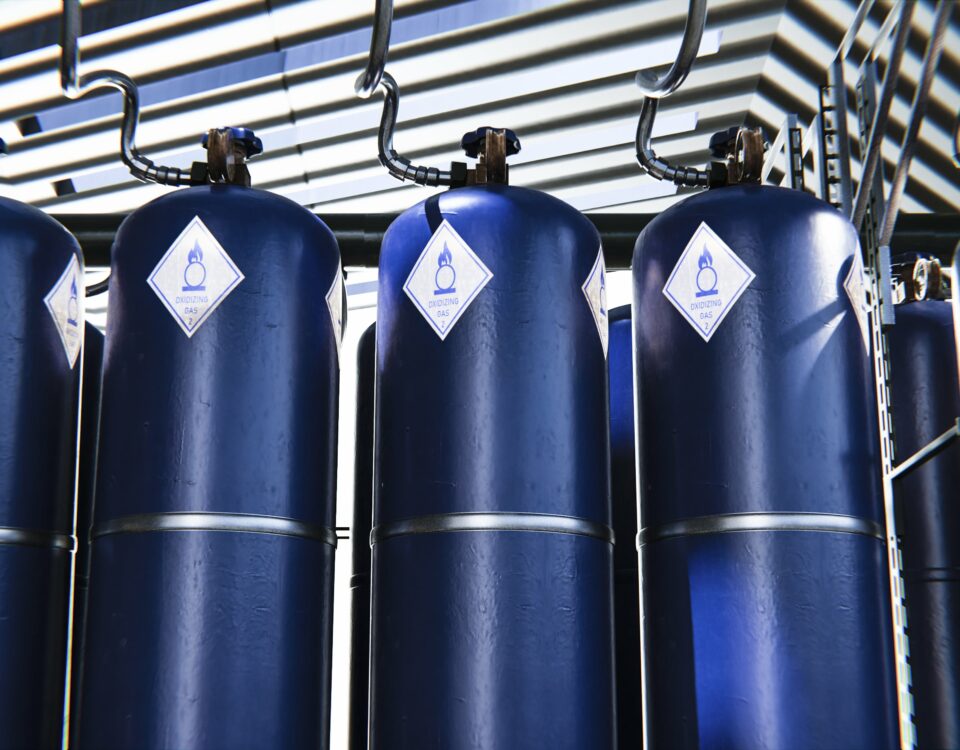- For secure high-pressure
- +36 62 999 051
- info@pwent.eu
Gas Safety Standards and Regulations
Last Updated on 1 year by admin
Gas safety standards and regulations are essential in the gas transportation sector. These regulations prevent potential accidents, environmental pollution, and injuries while contributing to the sector’s efficient and reliable operation. In this article, we review the most important national and international regulations in gas transportation.
International gas safety standards and regulations are the cornerstones of the sector’s balanced growth and safe operation. Global standards such as API standards are invaluable as they ensure smooth operations while emphasizing the importance of regular maintenance of gas equipment for safety.
But what are the essential guidelines, and how do they properly assist the industry? What is the significance of high-quality gas cylinders in ensuring sector efficiency?
1. Gas Transportation in the European Union
Directive 2008/68 is the cornerstone of gas safety regulations on European roads. It sets out general rules regarding the transportation of gases within and between EU member states by road, rail, and inland waterways.
The directive was adopted in 2008 to prevent risks associated with the movement of hazardous materials and has since played a crucial role in ensuring compliance with gas safety standards and the balanced operation of transportation networks.
Important Provisions and Guidelines
Essentially, Directive 2008/68 establishes common rules concerning various important aspects of gas transportation. These regulations include protocols for loading and unloading procedures, transshipment guidelines, and requirements for specified stops during transit.
By defining clear guidelines for different stages of the transportation process, the directive aims to reduce potential hazards and ensure the safe and efficient transport of gases on European roads.
Exemptions and Exceptions
Despite its comprehensive scope, Directive 2008/68 includes certain exemptions and exceptions. For example, it excludes the transport of hazardous goods by vehicles, wagons, or ships under the jurisdiction of armed forces.
The directive does not cover certain categories of sea vessels, such as those operating on inland waterways and ferries exclusively on inland routes. Transportation within enclosed areas like industrial facilities or warehouses is not subject to the regulatory requirements defined in Directive 2008/68 either.
Special Transport Cases
The exemptions outlined in the regulation also indicate specific scenarios requiring nuanced regulations. For instance, while armed forces may be exempt from specific provisions, they are still expected to adhere to strict security protocols established by national authorities. Sea vessels operating on inland waterways must also comply with applicable regulatory frameworks.
Ensuring Transparency
The directive promotes interoperability and cooperation among member states by ensuring common rules and guidelines, thereby enhancing the overall safety of gas transportation operations.
2. National Gas Safety in Europe
EU countries independently decide on their unique gas safety regulations at the national level.
In addition to adhering to comprehensive EU guidelines, member states have the authority to regulate or even prohibit the transport of hazardous goods, including gases, within their borders. These regulations may also consider factors beyond transportation safety, such as environmental protection or national security, highlighting the multifaceted nature of gas safety regulations.
Member states also have the right to impose special security requirements for the domestic and international transport of dangerous goods within their jurisdiction. This decentralized approach allows for the customization of security protocols to effectively address local challenges, complementing the broader regulatory framework established by the EU.
3. Gas Safety on International Roads
Safe international transport of hazardous material, including gases, requires a coordinated methodology and regulations.
International Standards
International transport of hazardous goods necessitates a unified approach to safety regulations across national borders. To achieve this, a series of agreements have been established to harmonize safety requirements across borders.
These international agreements serve as the foundation for the safe international transport of hazardous materials, facilitating consistency and uniformity in safety protocols.
Promoting Trade
Unified safety regulations also facilitate cross-border trade. By harmonizing regulations and procedures, member states can create an environment that promotes the seamless transport of goods, including gases, between countries. This contributes to economic integration within the EU, fostering greater competitiveness and efficiency in the gas transportation sector.
Key International Agreements
Leading international safety standards for the transport of hazardous goods include:
- The European Agreement concerning the International Carriage of Dangerous Goods by Road (ADR)
- The European Agreement concerning the International Carriage of Dangerous Goods by Inland Waterways (ADN)
- The Agreement concerning the International Carriage of Dangerous Goods by Rail (RID)
These agreements provide comprehensive frameworks for regulating the road, waterway, and railway transport of hazardous materials, including gases.
Extending international rules to national transportation within the EU is essential for maintaining the uniformity and efficiency of the transportation market. Compliance with unified safety regulations reduces risks and simplifies administration, facilitating cross-border trade and promoting economic growth.
ADR 2023 Standard
ADR is a regulatory system that ensures the safe transport of hazardous materials worldwide.
The agreement is supervised by the United Nations Economic Commission for Europe (UNECE) and provides guidance on the classification, packaging, labeling, and documentation of dangerous goods during transportation.
Additionally, the regulation formulates safety measures to protect drivers, the public, and the environment against potential risks associated with transporting hazardous materials.
Adhering to the ADR 2023 standards allows countries to align their practices and enhance road transport safety of dangerous goods globally.
How Can Pwent Help?
Pwent offers a wide range of gas cylinders and related equipment that comply with European standards, catering to manufacturers and service providers committed to safe solutions.
Our company is committed to using safe gas cylinders, prioritizes integrating the latest technologies, and continuously expands its product range. Our company is active across various business areas, from manufacturing gas cylinder bundles, pallets, and ISO containers to testing and refurbishing tanks and firefighting equipment. Additionally, we handle firefighting equipment, including powder-based extinguishers, CO2 fire extinguishers, and the handling and testing of chemical substances.
Summary
International standards and regulations are essential for maintaining proper gas safety and quality, as they ensure the prevention of potential accidents, environmental pollution, and injuries. Regulations such as the ADR standard contribute to the industry’s reliability and the efficiency of international trade by regulating the safe transport of gas cylinders.





